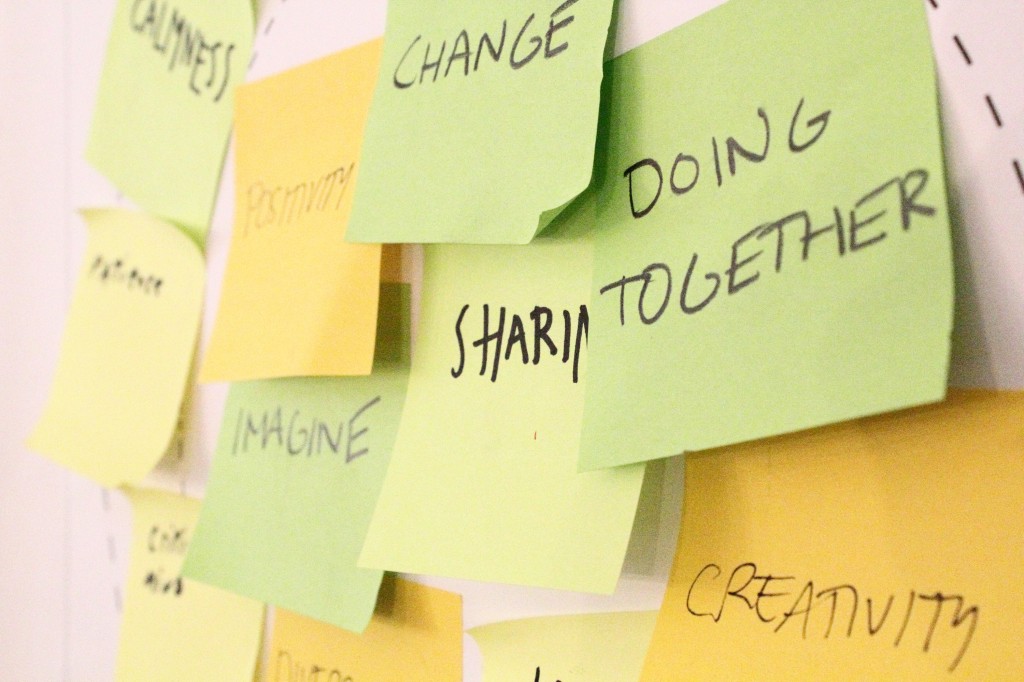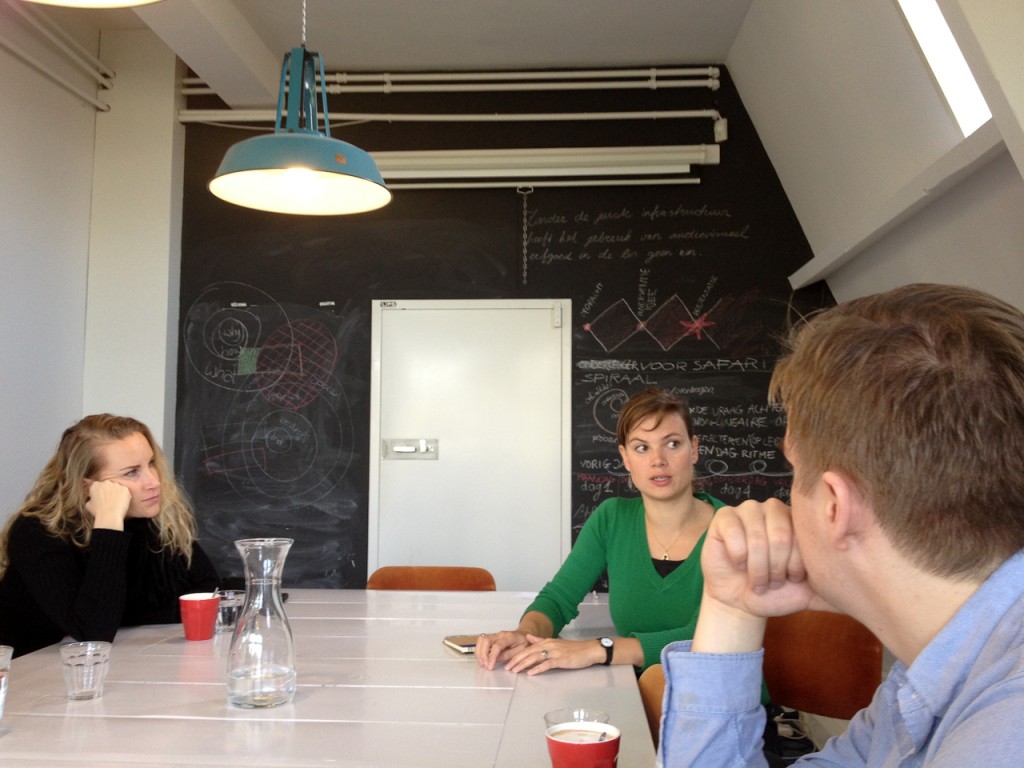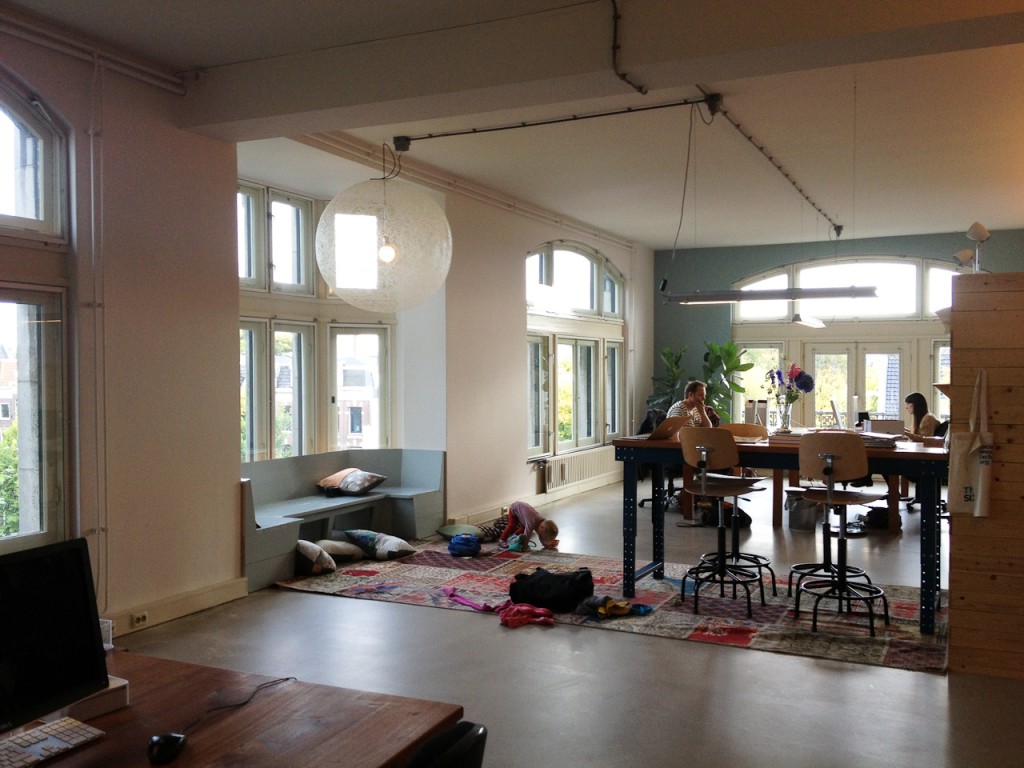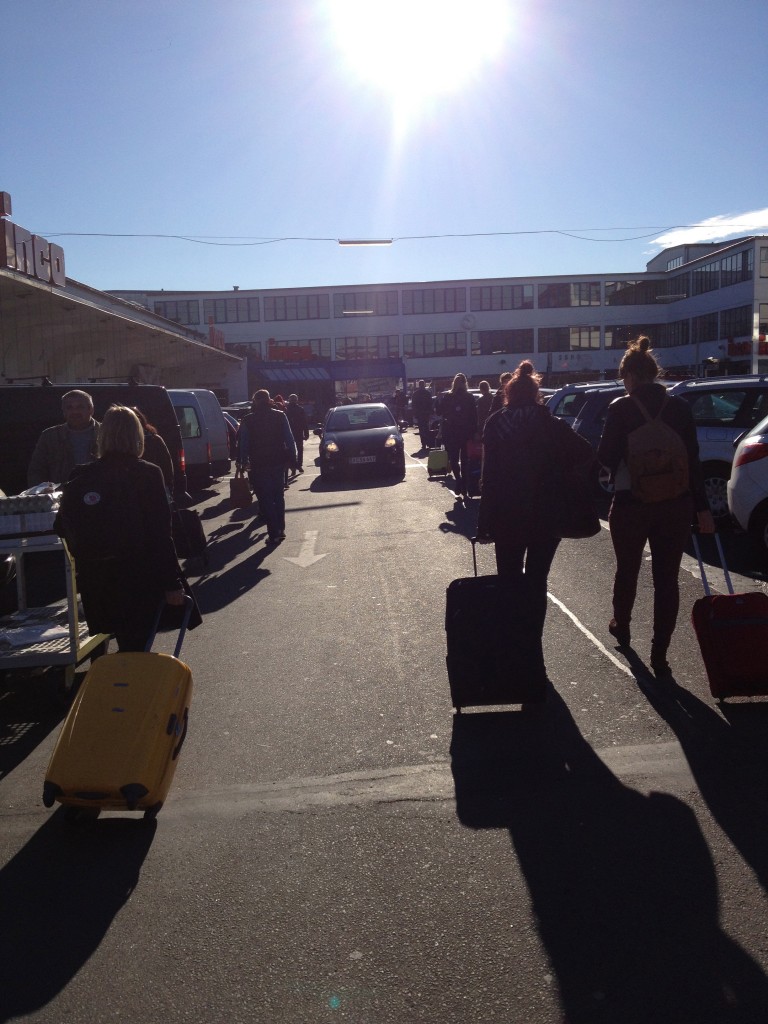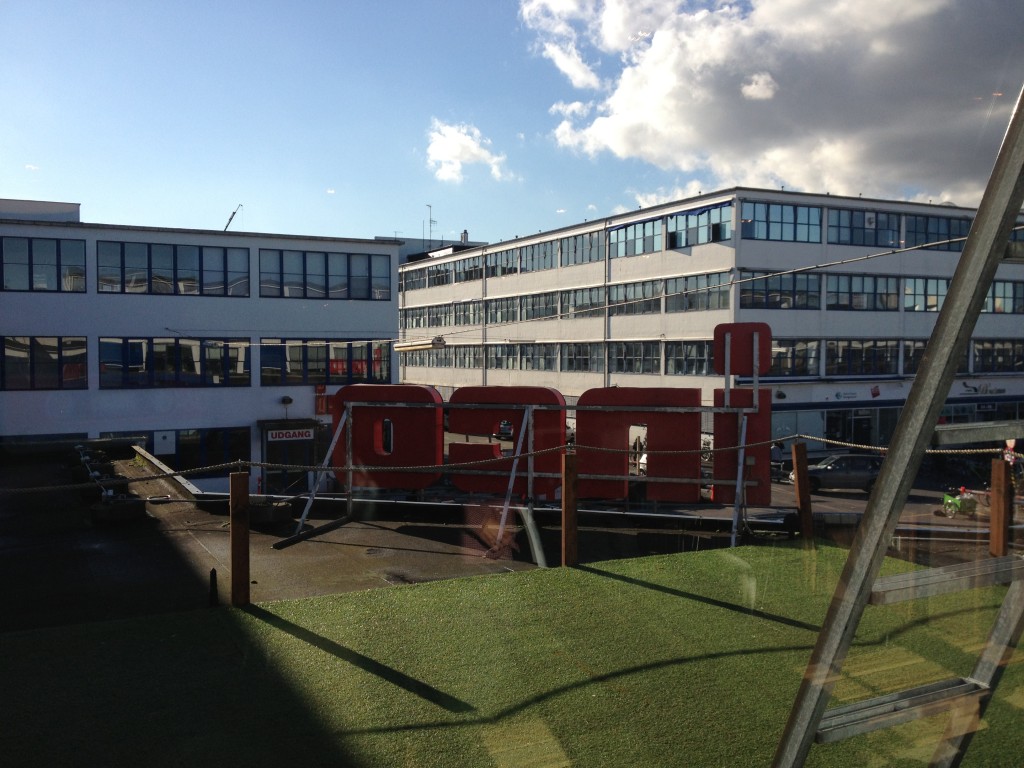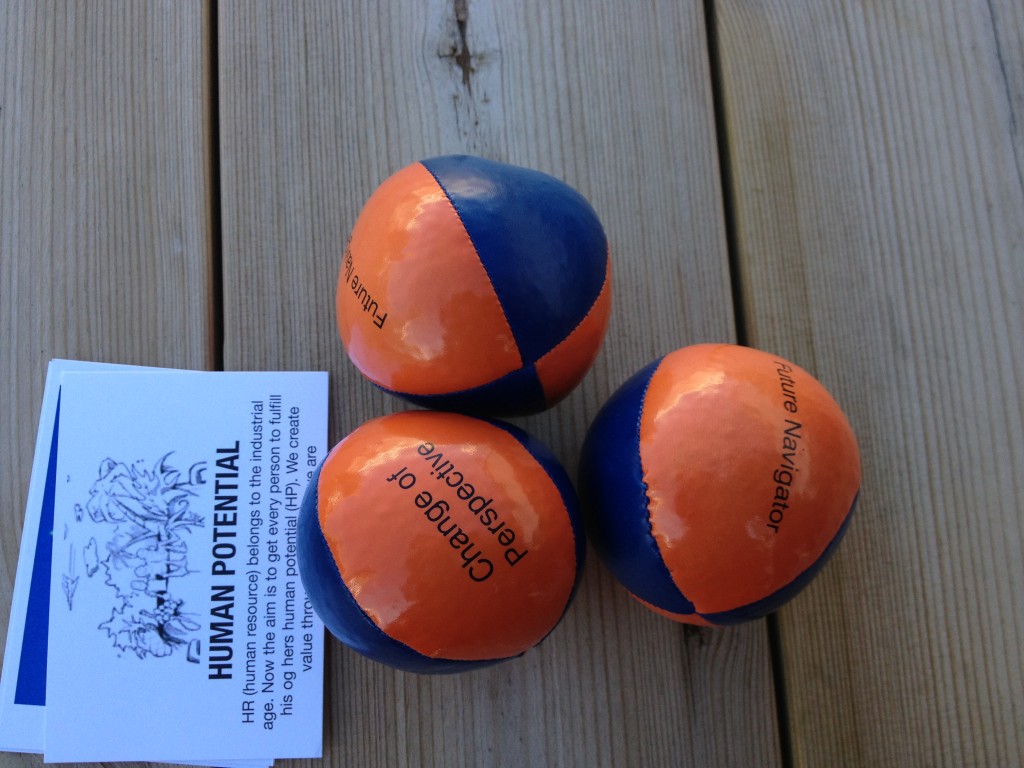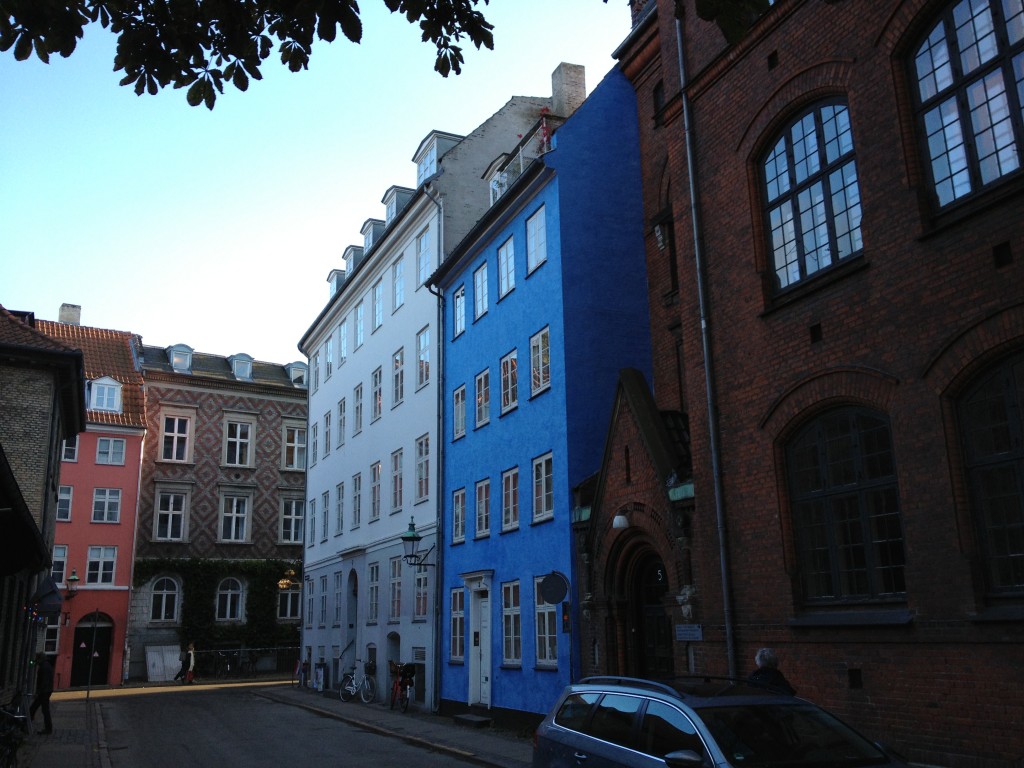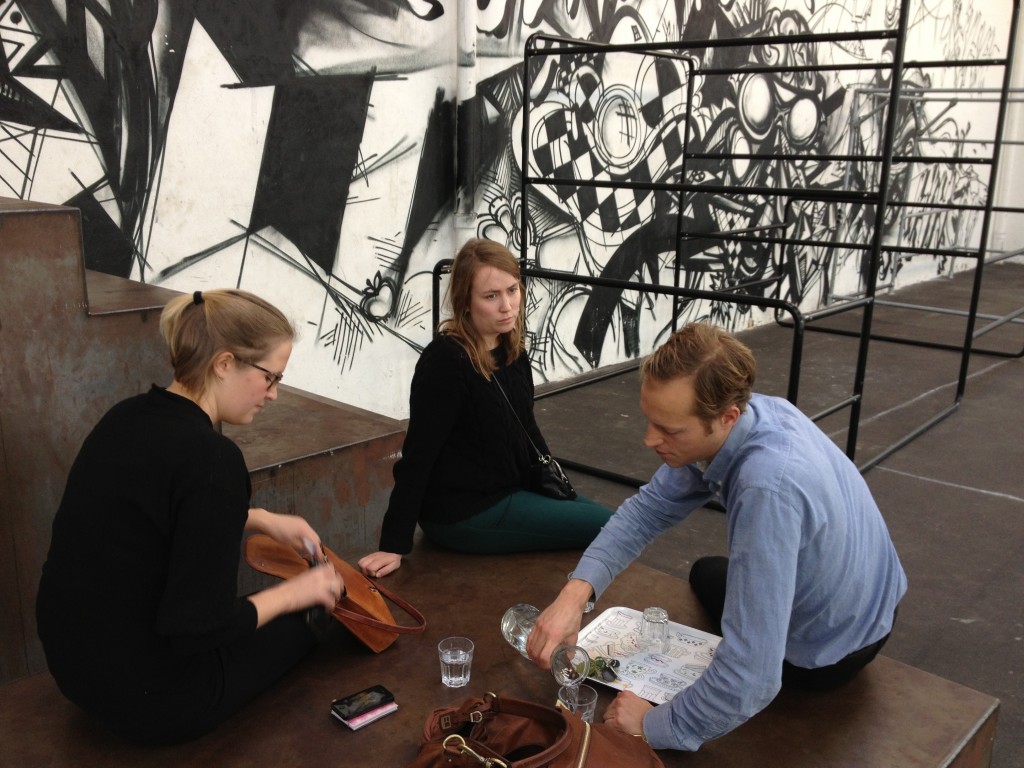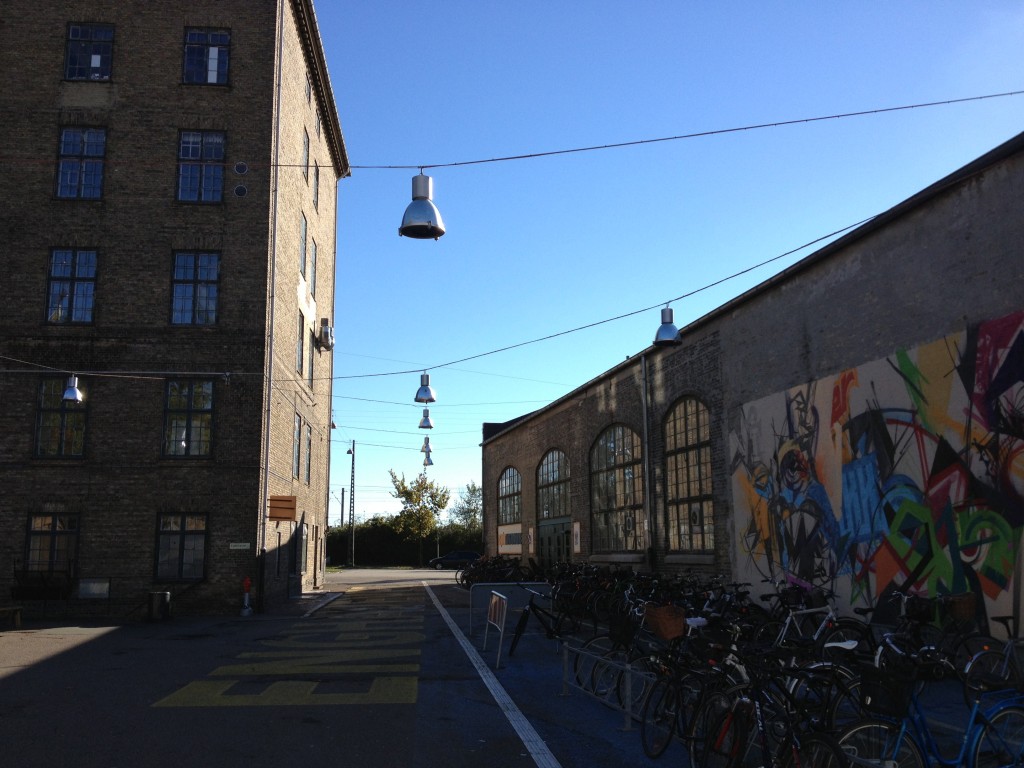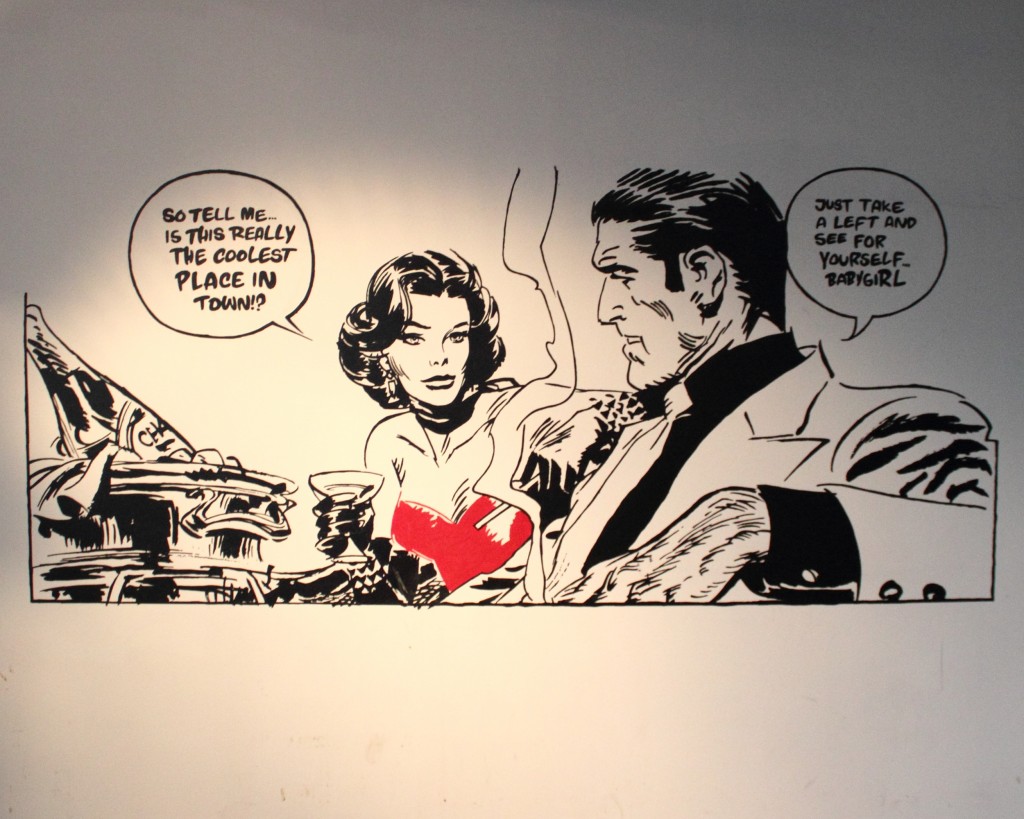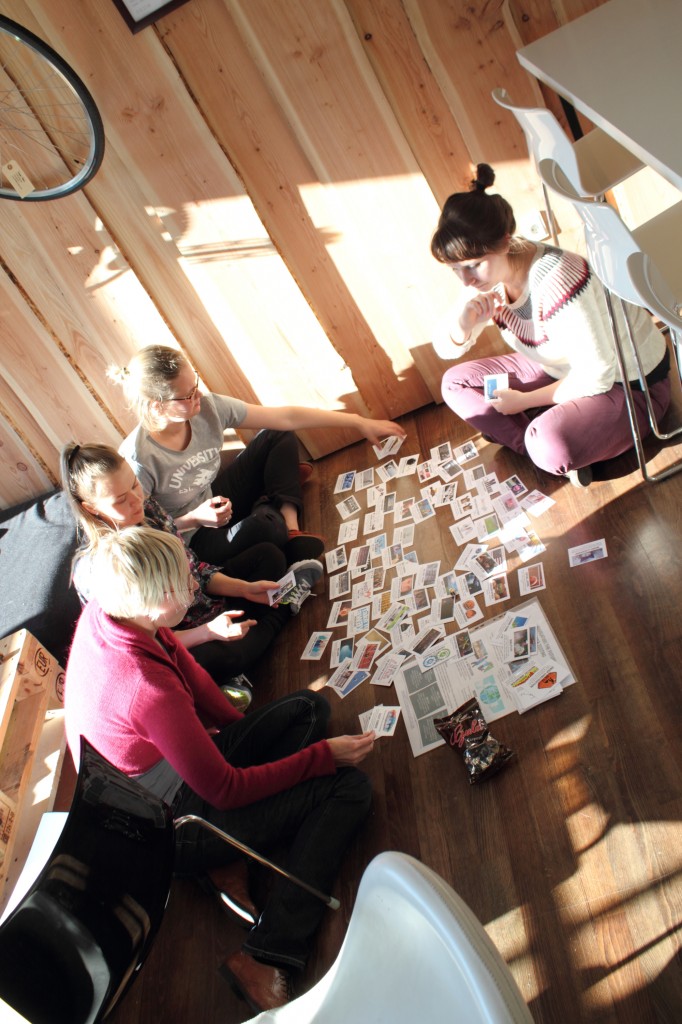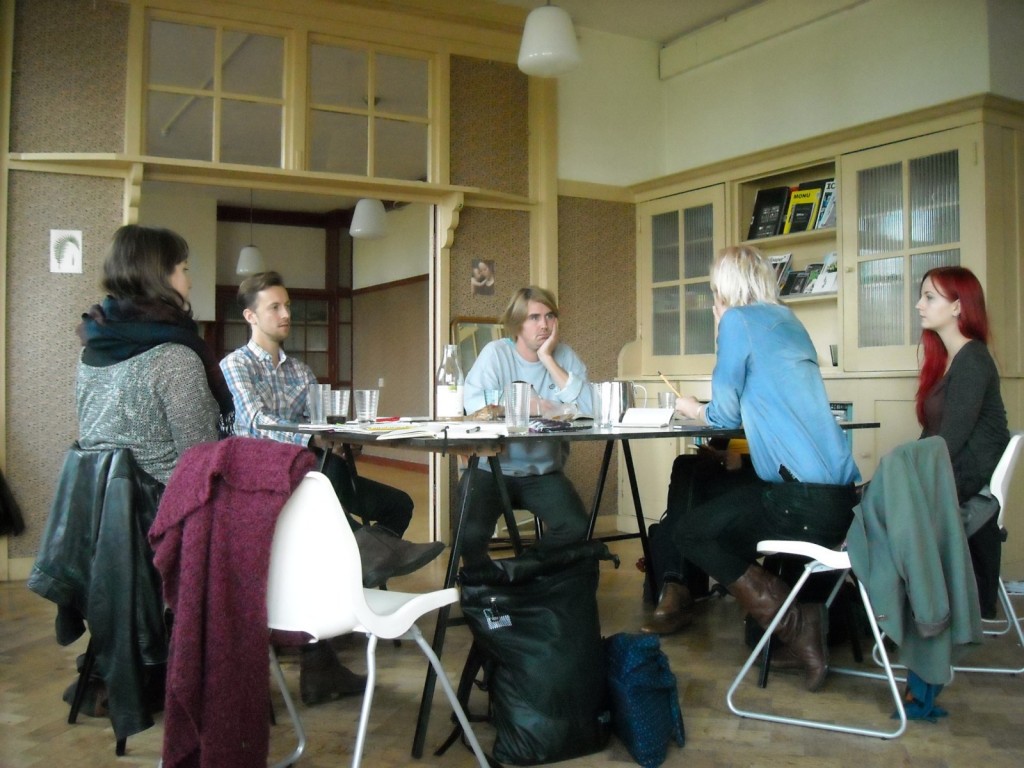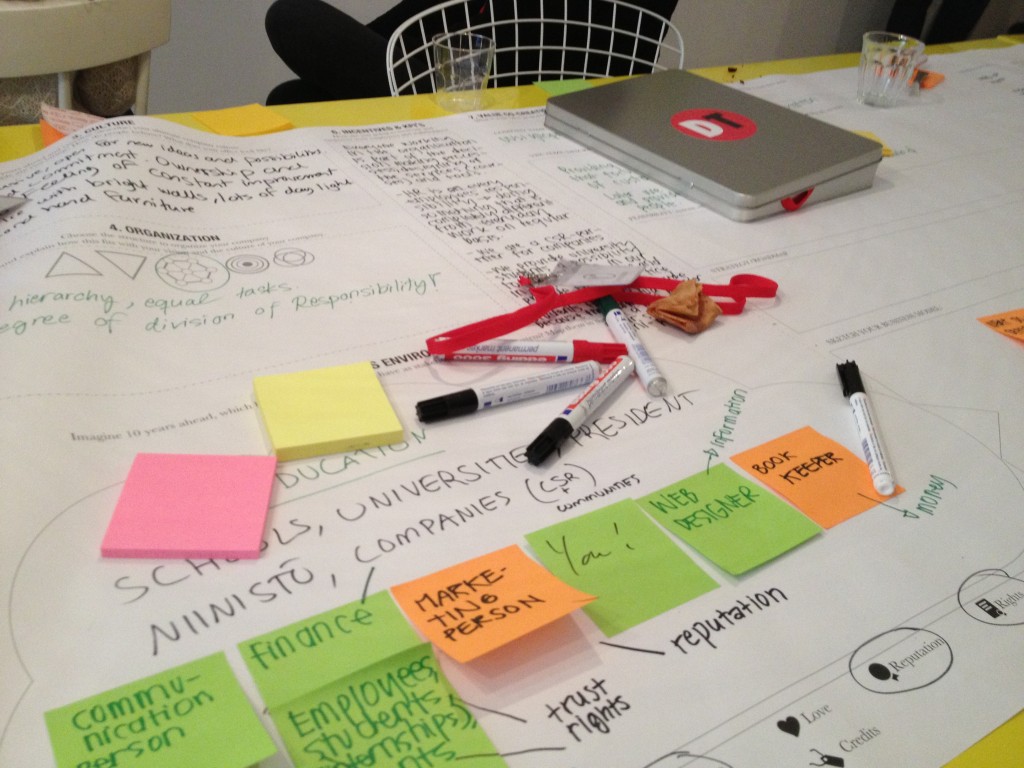Perhaps one of the biggest fears for an entrepreneur is that of the actual moment when you are going to have to present your idea in front of your shareholders. Whether you are the CEO of an environmental start-up or a freelance journalist approaching a newspaper editor, selling your idea and yourself could seem tricky or simply uncomfortable. I know that, at least in my case, talking about my idea – no matter how much I believe in it – and convincing someone that it is wonderful and worth investing in, make me cringe. “Why would anybody take me seriously at this age?” or “What if they think my idea is crap?” are just two of the many questions storming through my mind as I contemplate the idea of writing a pitch.
To overcome this fear – or at least to begin to rationalize it – I invited my dear friend James to Amsterdam to hold a workshop about the art and science of writing a pitch. James writes as a freelancer for the New York Times, CNN and BBC and has a lot of experience in selling his work to some of the most demanding editors in the world. As result of his background, the session focused on the theme of pitching a story but the things we learnt can be extrapolated to the business world as well.
The two hour session began with James telling us about what it means to be a journalist in today’s ever-changing media landscape. Like with the entrepreneurial world, the sphere of journalism seems to need an infusion of a new type of capital. As readers’ numbers plummet and magazines shut down, journalists must learn to be more entrepreneurial. One of the ways in which you can do this is by diversifying your expertise.
“It is really important to be a specialist in a particular area – Middle Eastern football and politics, for instance – but, at the same time, I believe a journalist should be able to work with several types of media and be ready to edit photos and video or make a radio recording” says James to 6 pairs of very curious eyes
The second part of the session continued with practical exercises in how to write a pitch and who to send it to. Here are some of the basics:
- A pitch should be no longer than three paragraphs.
- The first paragraph should be exactly how you would imagine your actual article to begin.
- The second paragraph should give more details about the subject and its background as well as what makes you valuable as a reporter.
- Don’t send more than one or two pitches at once as editors don’t have the time to read everything.
But to me, the most interesting intake from the meeting was the discovery that anybody can pitch to big publications. I think James exemplified perfectly how simply having the right structure and courageous attitude can help you see your own name in the New York Times.



